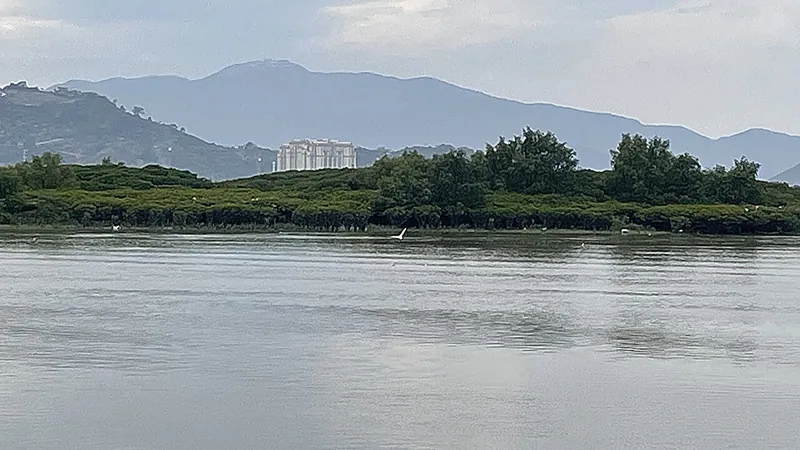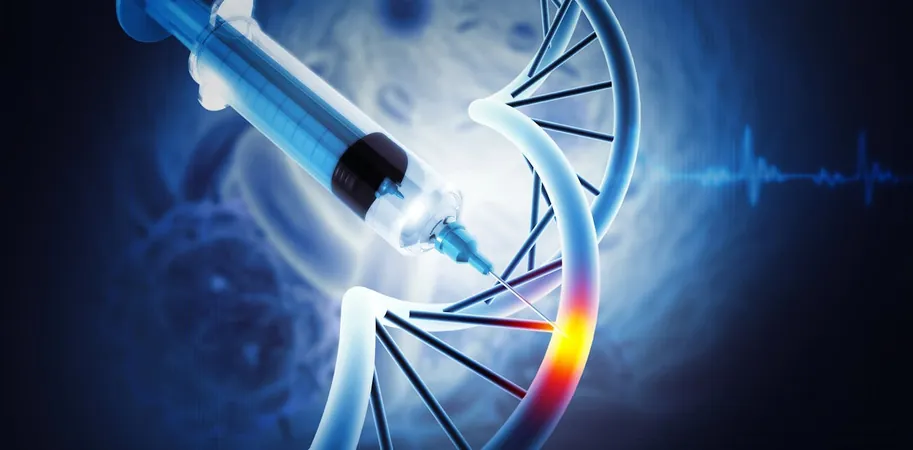
The Hidden Journey of Black Carbon to Our Oceans
2025-07-14
Author: Jacob
Did you know that the remnants of fires and gas-powered vehicles can linger in our environment for decades? The char and soot left behind after combustion often break down over time, slowly leaking carbon into our water systems and ultimately, the ocean.
This carbon, dubbed dissolved black carbon (DBC), holds the title of the ocean's largest known reserve of stable dissolved organic carbon. However, a puzzling inconsistency has emerged: the isotopic signature of DBC found in oceans doesn't line up with what rivers contribute, suggesting there might be unidentified sources pouring DBC into our seas.
To uncover the truth, researcher Weiqiang Zhao and his team embarked on an extensive study, conducting six field surveys along the eastern coastline of China, particularly in the Jiulong, Changjiang (Yangtze), and Pearl River estuaries. By collecting samples year-round, they aimed to track fluctuations in DBC and its journey through coastal ecosystems towards the ocean, with their findings detailed in the journal Global Biogeochemical Cycles.
Previous research had a tendency to focus on isolated estuaries, often ignoring seasonal and tidal variations. Zhao's new findings point to submarine groundwater discharge (SGD) as a significant yet overlooked contributor to DBC levels. They noticed that DBC concentrations increased whenever seawater surged into estuaries during high tides, only to drop during ebb tides when water flowed out. This cycle occurs because the salty ocean water enhances the release of DBC from groundwater into the estuarine waters.
Globally, it's estimated that SGD accounts for around 20% of the DBC that enters our oceans from river sources annually. Given DBC's critical role in carbon sequestration and biogeochemical cycling, this research highlights the vital need to integrate estuarine processes into our global carbon models.
The implications of this research are enormous, potentially reshaping our understanding of carbon dynamics and aiding in efforts against climate change. Expect to hear more about this pivotal discovery that connects the land, freshwater systems, and the vast ocean below!









 Brasil (PT)
Brasil (PT)
 Canada (EN)
Canada (EN)
 Chile (ES)
Chile (ES)
 Česko (CS)
Česko (CS)
 대한민국 (KO)
대한민국 (KO)
 España (ES)
España (ES)
 France (FR)
France (FR)
 Hong Kong (EN)
Hong Kong (EN)
 Italia (IT)
Italia (IT)
 日本 (JA)
日本 (JA)
 Magyarország (HU)
Magyarország (HU)
 Norge (NO)
Norge (NO)
 Polska (PL)
Polska (PL)
 Schweiz (DE)
Schweiz (DE)
 Singapore (EN)
Singapore (EN)
 Sverige (SV)
Sverige (SV)
 Suomi (FI)
Suomi (FI)
 Türkiye (TR)
Türkiye (TR)
 الإمارات العربية المتحدة (AR)
الإمارات العربية المتحدة (AR)